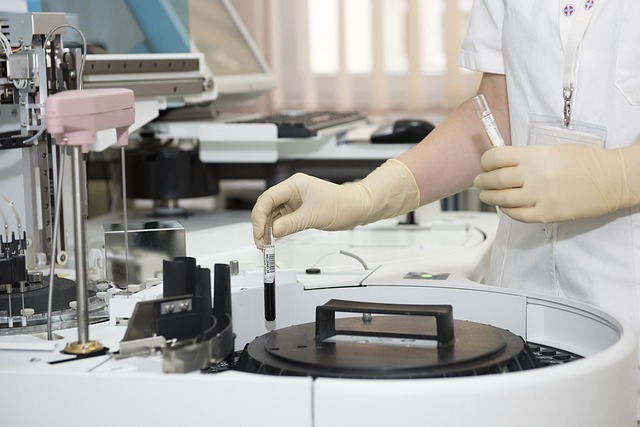
A Subject Many Shun
Sexually transmitted infections (STIs) are one subject that still carries some stigma in a society when discussions about sex and sexual health are becoming more commonplace. Misconceptions and misunderstandings around sexually transmitted infections (STIs) continue despite the wealth of knowledge available, particularly among youth. To safeguard our health and wellbeing, we must confront these myths head-on and arm ourselves with correct information.

Recognizing STIs
STIs are infections that are usually spread by intercourse, such as oral, anal, or vaginal sex. They can have a variety of manifestations, from minor symptoms to more serious health issues if left untreated, and can be caused by bacteria, viruses, or parasites. Chlamydia, gonorrhea, syphilis, HIV/AIDS, herpes, and HPV (Human Papillomavirus) are a few prevalent sexually transmitted infections.

The Youth’s Actual STI Situation
STIs are a concern for all age groups, despite popular assumption. A number of factors put young people at high risk of STIs, such as having several sexual partners, having unprotected sex, and not having access to comprehensive sexual education and healthcare facilities. The World Health Organization (WHO) estimates that one million STIs are contracted globally each day, with a significant percentage of new infections occurring in adults between the ages of 15 and 24.

Breaking the Stigma
The stigma attached to STIs in kids is one of the main obstacles to addressing this issue. Many young people are afraid of their peers’ discrimination or judgment, which makes them feel ashamed or embarrassed to talk about STIs. This stigma may deter people from being tested, receiving care, and finding support, which could exacerbate the spread of illnesses and have detrimental effects on their health.
It’s crucial to understand, though, that having an STI has no bearing on a person’s morality or value. Sexually transmitted infections (STIs) can affect anyone who engages in sexual activity. We can foster a more accepting and encouraging atmosphere for individuals impacted by STIs by normalizing discussions about sexual health and de-stigmatizing the diseases.

The Key Is Prevention
Even though getting an STI can seem like a scary possibility, it’s crucial to remember that we have complete control over prevention. Using condoms correctly and consistently is just one of the safest methods to practice safe sex and lower the risk of STI transmission. Reducing the number of sexual partners and having honest conversations with them about sexual health can also help reduce risk.
Yet another essential component of preventive treatment is routine STI testing. Regular testing is crucial for early detection and treatment of sexually transmitted infections (STIs), as many of them may not show any symptoms at all. This is especially true after participating in unprotected intercourse or switching partners.

Educating Ourselves to Be Empowered
One effective weapon in the fight against STIs is education. We can take charge of our health and make educated decisions about our sexual health if we are equipped with proper knowledge. This entails becoming knowledgeable about the various STI subtypes, their symptoms, modes of transmission, and accessible therapies and preventative measures.
When it comes to giving young people access to healthcare services and comprehensive sexual education, schools, healthcare providers, and community organizations are essential partners. Encouraging inclusive and evidence-based programs for sexual education can enable the next generation to prioritize their sexual health and make educated decisions.

Assistance and Materials
It is critical to look for help and make use of available resources if you or someone you know is impacted by a sexually transmitted infection. Numerous medical professionals provide private STI testing, counseling, and treatment services. In addition, you can connect with people who might be going through similar circumstances and find information, support, and a wealth of internet resources and helplines.

Final Thoughts
In summary, it might be difficult for young people to navigate the complex world of STIs, but it is not impossible. We can work to create a world where everyone can enjoy healthy and fulfilling sexual lives, free from the burden of STIs, by encouraging candid and open conversations, dismantling stigma, engaging in safe sexual behavior, getting tested frequently, and advocating for comprehensive sexual education and healthcare services.



